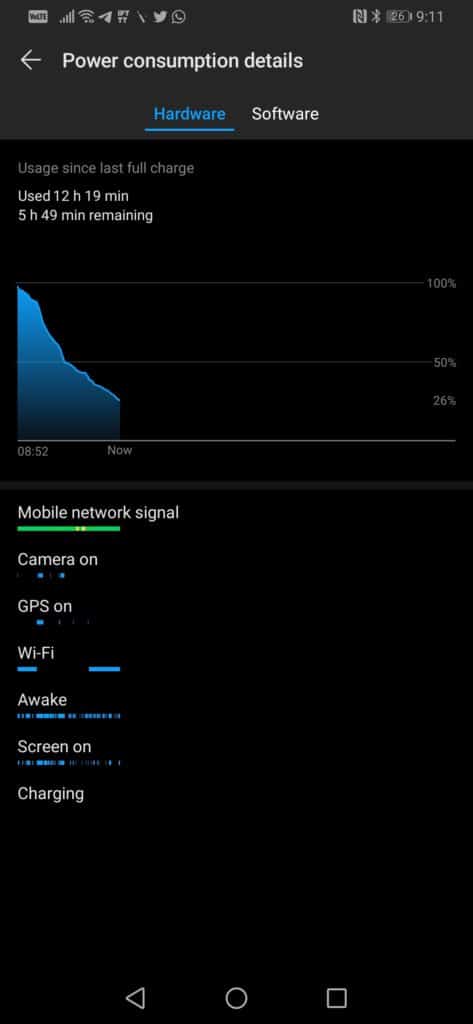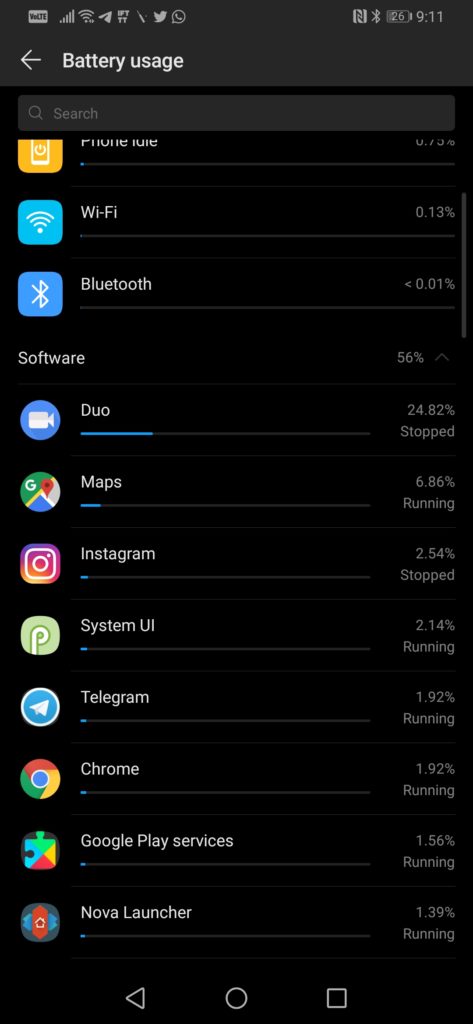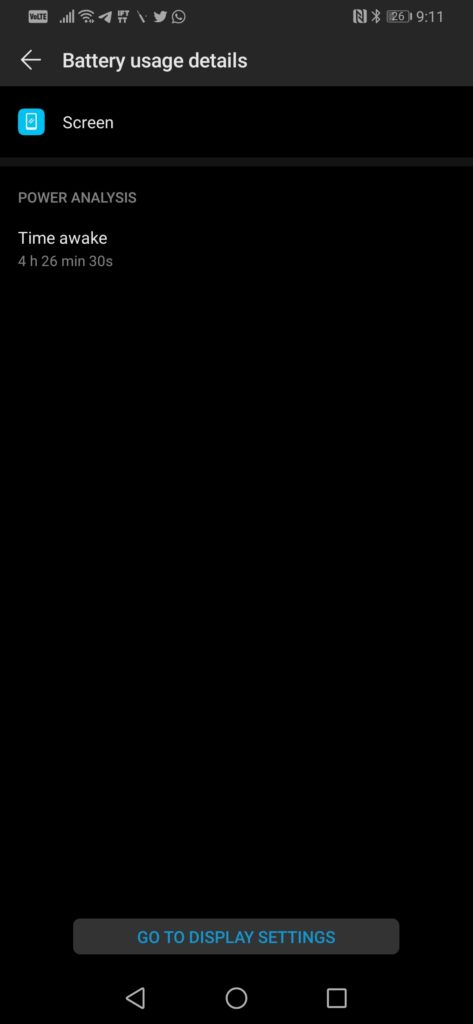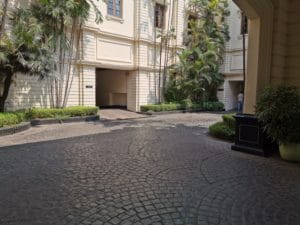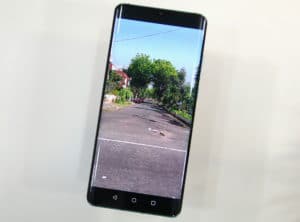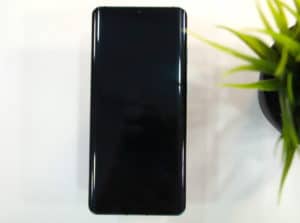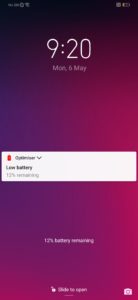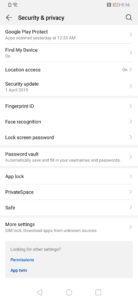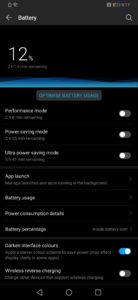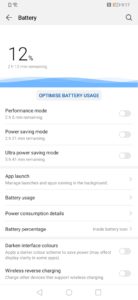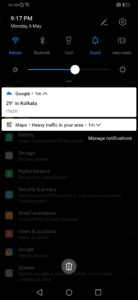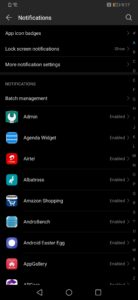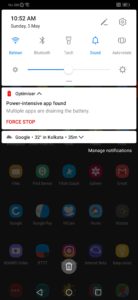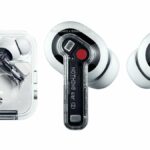
Huawei is in the news for either all the wrong reasons — stealing tech secrets of U.S. companies, helping create backdoors in its products to aid the Chinese government spying activities — or for its impressive smartphones. After the Mate 20 Pro from last year, Huawei is back with an equally impressive Huawei P30 Pro which takes on Samsung’s equally excellent Galaxy S10 series.
Huawei has managed to outdone Samsung in terms of the hardware and camera department with the P30 Pro but does that make it a better phone than the Galaxy S10. Find out in our review.
Huawei P30 Pro Review
I am going to break this review into three different categories: the good, the average, and the bad. This will help readers decide if the goods are enough to make up for the ‘bads’ of the phone.
The Good
Performance
With 8GB RAM, oodles of storage, and a powerful Kirin 980 chipset, it is not surprising to see that the Huawei P30 Pro is a performance champ. Huawei has also optimized its software for the best performance possible and it shows. App loading times are fast and over my review period, the P30 Pro never showed any signs of lag or stutter.
EMUI might lack the polish but it is definitely fast and smooth. The skin definitely is a bit aggressive in terms of power management and battery savings though.

Battery Life & Charging
The Huawei P30 Pro is an absolute champ in the battery life department. The combination of a 7m Kirin 980 chipset, an FHD+ resolution OLED display, and Huawei’s power optimizations mean the P30 Pro can easily last more than a day of heavy use.
There have been numerous instances when I have ended the day with more than 40 percent charge left. This was after almost 5 hours of screen-on time which included playing PUBG for around 30 minutes, shooting lots of photos, an hour of calling, and more.
With the Huawei P30 Pro, I have never had to worry about battery life or that whether it would make it the end of the day without being charged once. That’s how battery life should be of a smartphone in 2019. Samsung should definitely take note of this because the Exynos 9820-powered Galaxy s10+ is nowhere close to the P30 Pro in the battery life department.
- Absolutely hammered the phone. Almost 1.5 hours video call + Google Maps navigation at the *same* time…
- …and I still ended the day with plenty of juice left in the tank.
- No other flagship phone would have been able to pull off something like this.
Another area where the Huawei P30 Pro impresses is the charging times. It comes with 15W fast charging support and 40W SuperCharging support.
The bundled 40W SuperCharger is good enough to charge the P30 Pro from 0-70 percent in just 30 minutes! Such insane charging speeds are an absolute boon to have when one is traveling. 15-20 minutes on the charger and you know the Huawei P30 Pro has more than enough charge to make it for at least 8-10 hours.
The fast wireless charging is equally impressive, though one needs to have access to a 15W charger as well to be able to enjoy the charging speeds. Right now, 15W chargers are a rarity in the market with only Huawei offering a 15W wireless charger of its own.
Camera

The quad-camera setup of the Huawei P30 Pro is definitely one of its highlights. The primary 40MP RYYB SuperSpectrum camera sensor is an absolute beast in low-light and does equally well in daylight as well. As of now, the low-light camera performance of the Huawei P30 Pro is unrivaled by any other smartphone in the market including the Pixel 3.
Despite the primary sensor having a 40MP resolution, the Huawei P30 Pro captures photos at 10MP resolution by default using pixel binning. This ensures that photos have more details and offer better dynamic range.
In extreme low-light scenarios where most phone cameras struggle, the Huawei P30 Pro really excels. Whatever the scene and irrespective of how dark it is, the P30 Pro will capture a usable photo. The default Auto mode itself is more than good enough for extreme low-light scenes but with Night mode enabled, it is like the camera is on steroids. It can literally see in the dark and capture details and information which one cannot even see from their own naked eye.
The ultra-wide angle shooter is a handy addition, though it is not as wide as the shooter on the Galaxy S10 series.
As for the 5x optical zoom sensor, it is impressive but I am not sure how useful it is in daily use. I find the 5x sensor to be a cool party trick, good for showing off purposes but in regular use, I primarily found myself using 2-3x zoom the most. This is also because the 5x zoom sensor is only good enough to take photos in daylight and image quality from it takes a massive hit in less than ideal situations.
However, there’s an issue with the camera: it is inconsistent. More about it later in the review.
The front 32MP shooter lacks AF and takes soft selfies as a result. However, one can turn off the beauty filter effects and filter to help improve sharpness and overall quality.
The Average
Display

The 6.47-inch OLED panel on the Huawei P30 Pro sports an FHD+ (1080×2340) resolution. Yep, its an FHD+ panel and not a QHD+ resolution panel that has become the standard in flagship smartphones. It has a dewdrop notch with minimal bezels surrounding it.
The display panel is not as good as the one found on the Galaxy S10 series but it is still a great panel. It can get bright enough in direct sunlight to not cause any readability issues, has great viewing angles, and being an AMOLED panel, the colors and saturation levels are excellent.
However, for a flagship smartphone, I don’t think the 6.47-inch panel does justice to it. Huawei should have tried to source higher quality OLED panels from Samsung for the P30 Pro but instead, it went with LG and BOE and their panel is clearly not good enough for a flagship smartphone
Despite the display capable of reaching almost 580 nits brightness, I found myself constantly increasing the brightness levels.
Video Recording
The still image quality of the Huawei P30 Pro might be impressive but its video recording capabilities leave a lot to be desired. The phone does not offer 4K video recording at 60fps and even regular 4K videos are not that impressive.
Quality of slow-motion videos is also not that good despite the P30 Pro boasting the same slow-motion capabilities as the Galaxy S10 on paper. Huawei clearly has work to do in the video recording department.
My recommendation would be to strongly stick to recording Full HD videos from the P30 Pro for the best quality.
The Bad
EMUI

Out of the box, the Huawei P30 Pro ships with Android 9.0 Pie and EMUI 9.1. That’s a slightly newer version of EMUI compared to what one gets on the Mate 20 Pro. The changes are minimal and Huawei has not really added any new feature.
Huawei desperately needs to work on improving EMUI if it wants to capture the Western audience. There’s no doubt that the P30 Pro ships with amazing hardware but that’s just one part of the equation. Software is equally important and this is an area where EMUI falls flat.
EMUI 9.1 on the P30 Pro reminds me of Samsung’s Touchwiz from a few years ago. It looks dated, has a number of unwanted features, and there’s a galore of pre-loaded bloatware.
Lock screen notifications in EMUI on the P30 Pro are a disaster. You cannot expand them using the swipe down gesture and instead need to tap a small arrow which is inconveniently placed. Plus, if you don’t read a notification and unlock the device, that notification will then automatically be removed from the lock screen.
- Expanding notifications on the lockscreen is a pain
- The Dark mode is poorly done!
- Huawei has its own take on Digital Wellbeing in EMUI 9.1
- The notification shade needs a lot of work!
EMUI is filled with plenty of annoyances and issues. The memory management is way too aggressive and Huawei automatically kills almost all apps from running in the background after a few minutes. This will negatively affect the functionality of most apps and they might not be able to send out push notifications on a timely basis.
The stock EMUI launcher is another disaster and so is the default icon pack. Worse, switching to a third-party launcher is slightly more complicated than it should be and even then it leads to some compatibility issues.
EMUI also comes with a battery-saving dark mode but it has been implemented poorly. It turns all the System UI elements dark but leaves the notifications white which makes them look odd.
I can go on and on about the various issues with EMUI. I really hope that Huawei gets around to fixing EMUI with the Mate 30 Pro later this year and gives it One UI-like redesign.
Until then though, EMUI on the Huawei P30 Pro is perhaps its single biggest deal breaker.
Camera

While the Huawei P30 Pro cameras are impressive, they are not without their own set of issues. The biggest one is that they are simply not consistent. If you take multiple photos of the same scene, you will see that every photo has a different exposure and color tone. Another issue is that photos shot in daylight lack contrast and saturation. This can be fixed to a certain extent by using the AI mode but there’s a clear room for improvement.
- The sky…
- …has a different shade of blue depending on which lens you used to capture the photo
- Same scenario here…
The inconsistency is also present between the three cameras. The color tone, contrast, and saturation greatly vary between the three camera sensors. It is clear that despite the impressive camera hardware, Huawei still has some work to do in the image processing improvement to make the Huawei P30 Pro a reliable shooter.
Ultimately, the Huawei P30 Pro can capture some stunning photos which no other smartphone in the market can capture right now. But it is inconsistent unlike the Galaxy S10, iPhone XS, or the Google Pixel 3. To Huawei’s credit though, the company says that it will roll out a software update to fix this issue.
In the end, there’s a lot to like about the Huawei P30 Pro. The battery life, charging times, impressive low-light imaging performance — these are aspects where the handset is leaps and bounds ahead of its competition. It is not perfect by any means as EMUI still needs a lot of work and the camera needs to be a bit more consistent. However, if you can live with these gripes and don’t mind tweaking things around a bit, the Huawei P30 Pro is the best flagship smartphone in the market.
